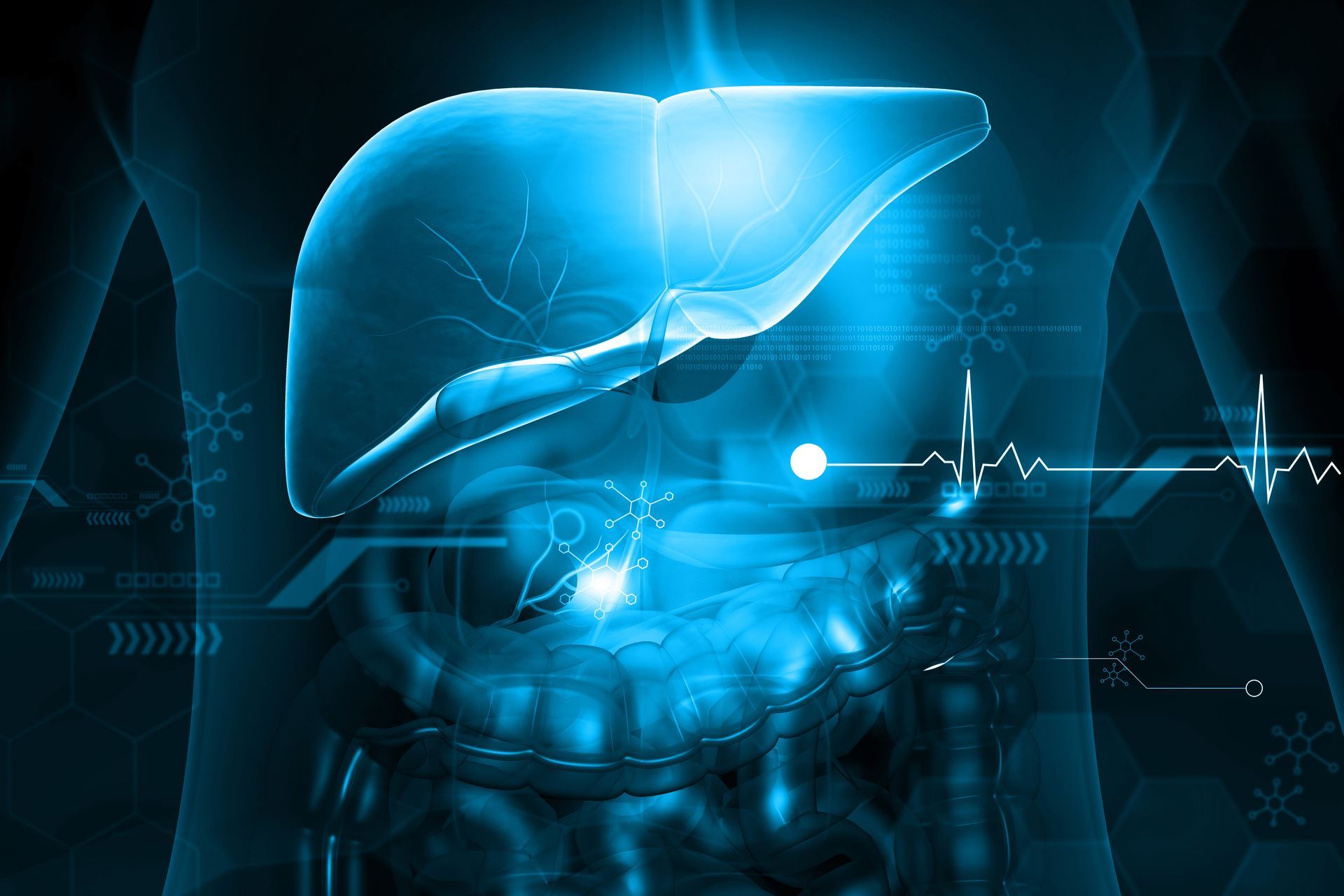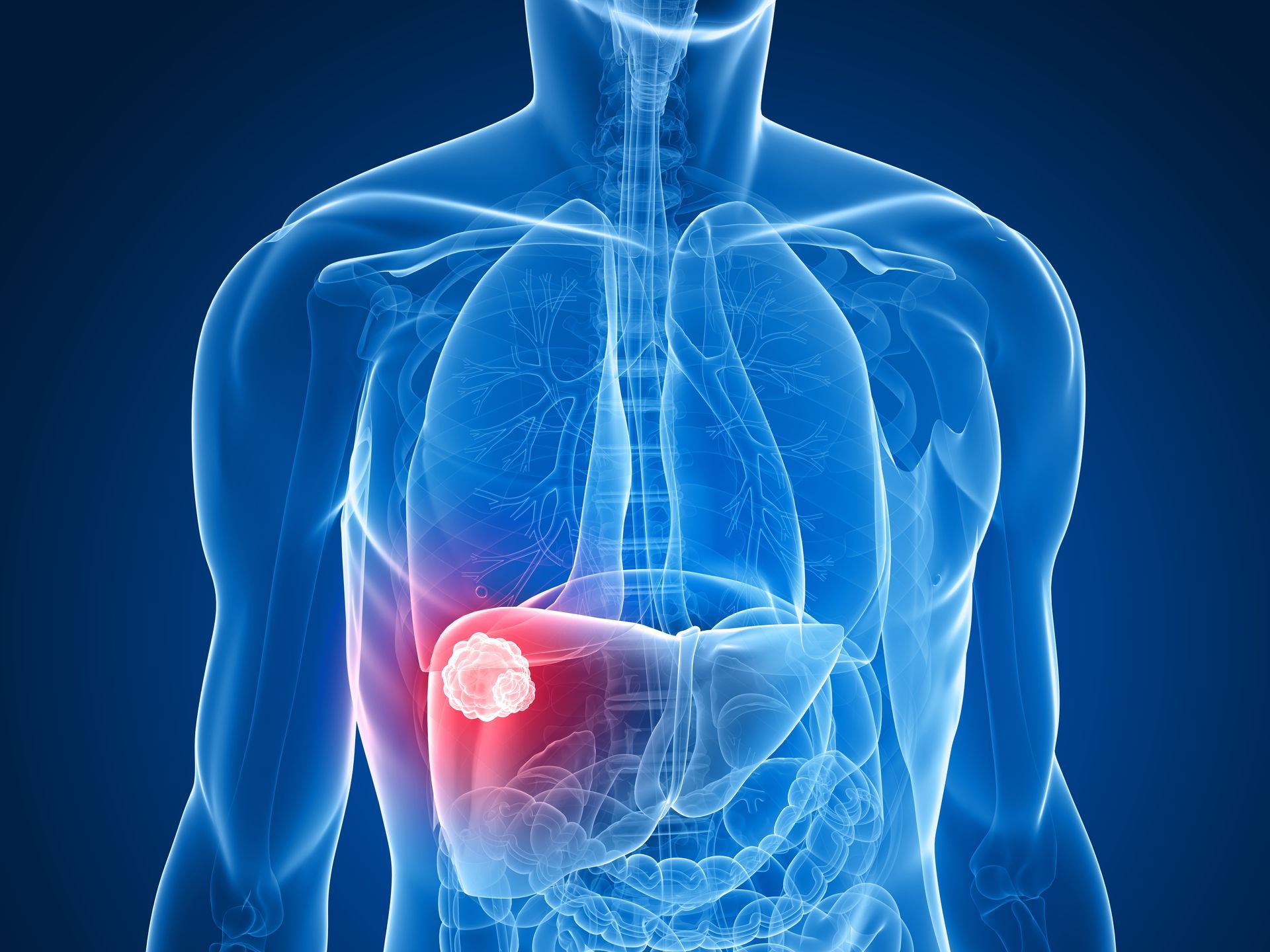interventional radiology
Liver Institute Department - Salpêtrière Hospital
the important role of interventional radiology
Interventional radiology plays an important role in the management of liver cancer by enabling minimally invasive diagnostic and therapeutic techniques. These interventional radiology techniques can be used alone or in combination with other treatments, such as surgery or immunotherapy, depending on the size, location, and stage of the liver cancer. They offer additional treatment options that will be systematically validated collegially in a multidisciplinary consultation meeting.
Interventional Radiology Procedures
-
Image-guided biopsy
Interventional radiology allows a needle to be precisely guided towards a liver tumor in order to take tissue samples for a precise anatomopathological diagnosis.
-
Transarterial chemoembolization (TACE)
This is a procedure that involves injecting chemotherapy drugs directly into the artery that feeds the liver tumor. This allows anticancer drugs to be delivered directly to the tumor while reducing side effects on the rest of the body.
-
Portal embolization
This technique involves blocking or reducing blood flow to a portion of the liver, which will then be surgically removed, allowing the healthy liver to grow. This is intended to reduce liver failure following major liver surgery.
-
Radio frequency
Radiofrequency (RF) and microwave (MW) ablation are thermal destruction procedures that use electromagnetic waves to destroy liver tumors with heat. These techniques are often used to treat small liver tumors (< 3 cm) or when surgery is not an option.
-
Selective internal radiotherapy (SIRT)
Describe the item or answer the question so that site visitors who are interested get more information. You can emphasize this text with bullets, italics or bold, and add links.
TRAITEMENT PAR TIPS (Transjugular Intrahepatic Portosystemic Shunt)
TIPS (Transjugular Intrahepatic Portosystemic Shunt) is an interventional radiology procedure used to treat complications of portal hypertension, a condition characterized by an abnormal increase in pressure in the veins of the portal system
The TIPS procedure involves creating an arteriovenous shunt inside the liver. A catheter is inserted into the jugular vein and then guided to the liver. Using real-time imaging techniques, the radiologist creates a shunt between the portal vein and a hepatic vein. This connection is achieved by placing a stent in the liver to keep the pathway open. By creating this shunt, TIPS allows blood to partially bypass the hard, diseased liver and pass directly from the portal vein to the hepatic vein. This reduces pressure in the portal system and its complications.
TIPS is generally considered a therapeutic option for patients with portal hypertension who do not respond to conventional medical or endoscopic treatments or who are awaiting transplantation.

The intensive care unit
hepato-gastroenterology
The Liver Transplantation Center of the Liver Institute combines diagnostic activities for liver diseases and tumors, medical and surgical care and provides second-line center activity on a national and international scale.

The rapid screening center
liver tumors
The Liver Transplantation Center of the Liver Institute combines diagnostic activities for liver diseases and tumors, medical and surgical care and provides second-line center activity on a national and international scale.



